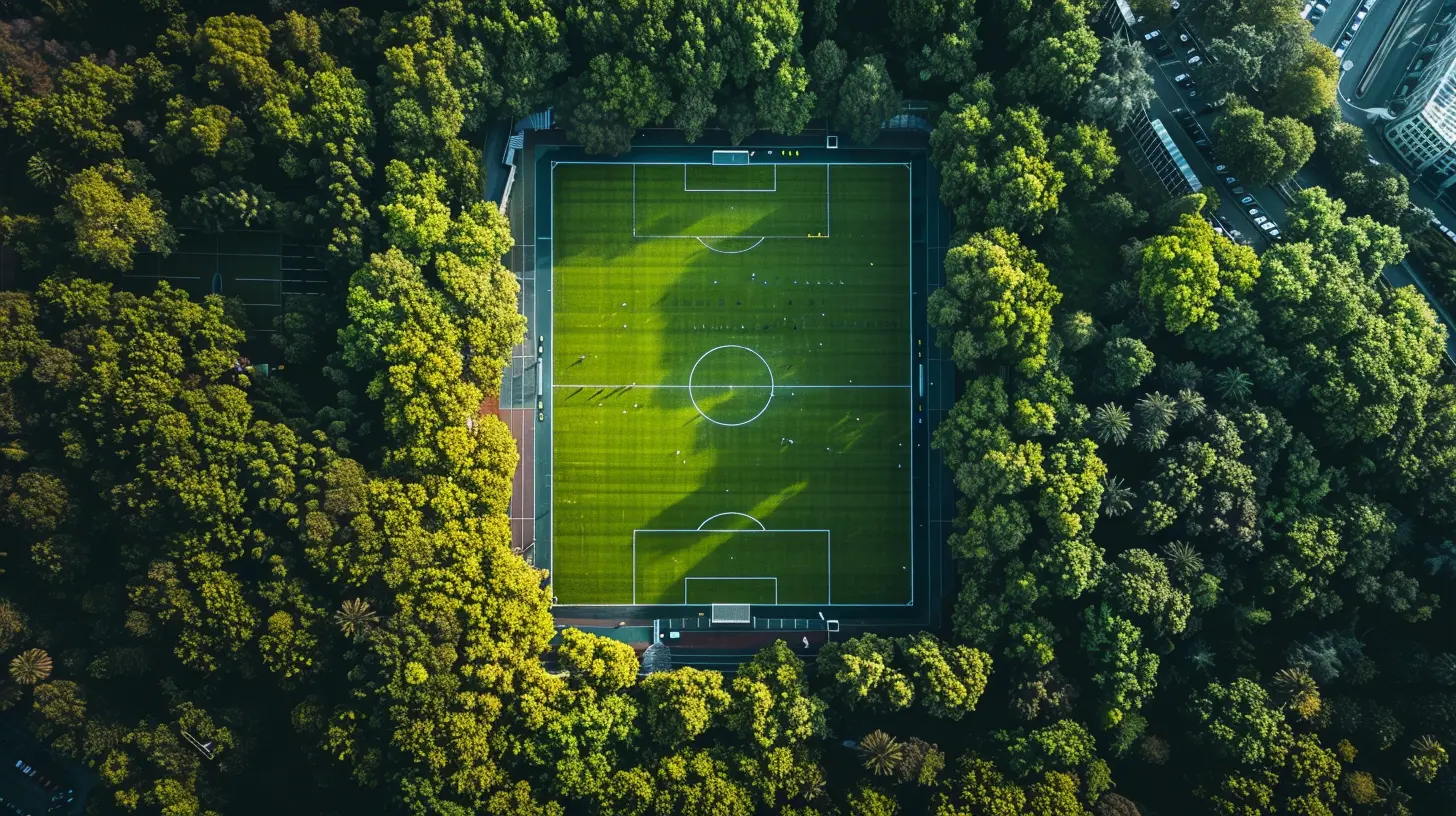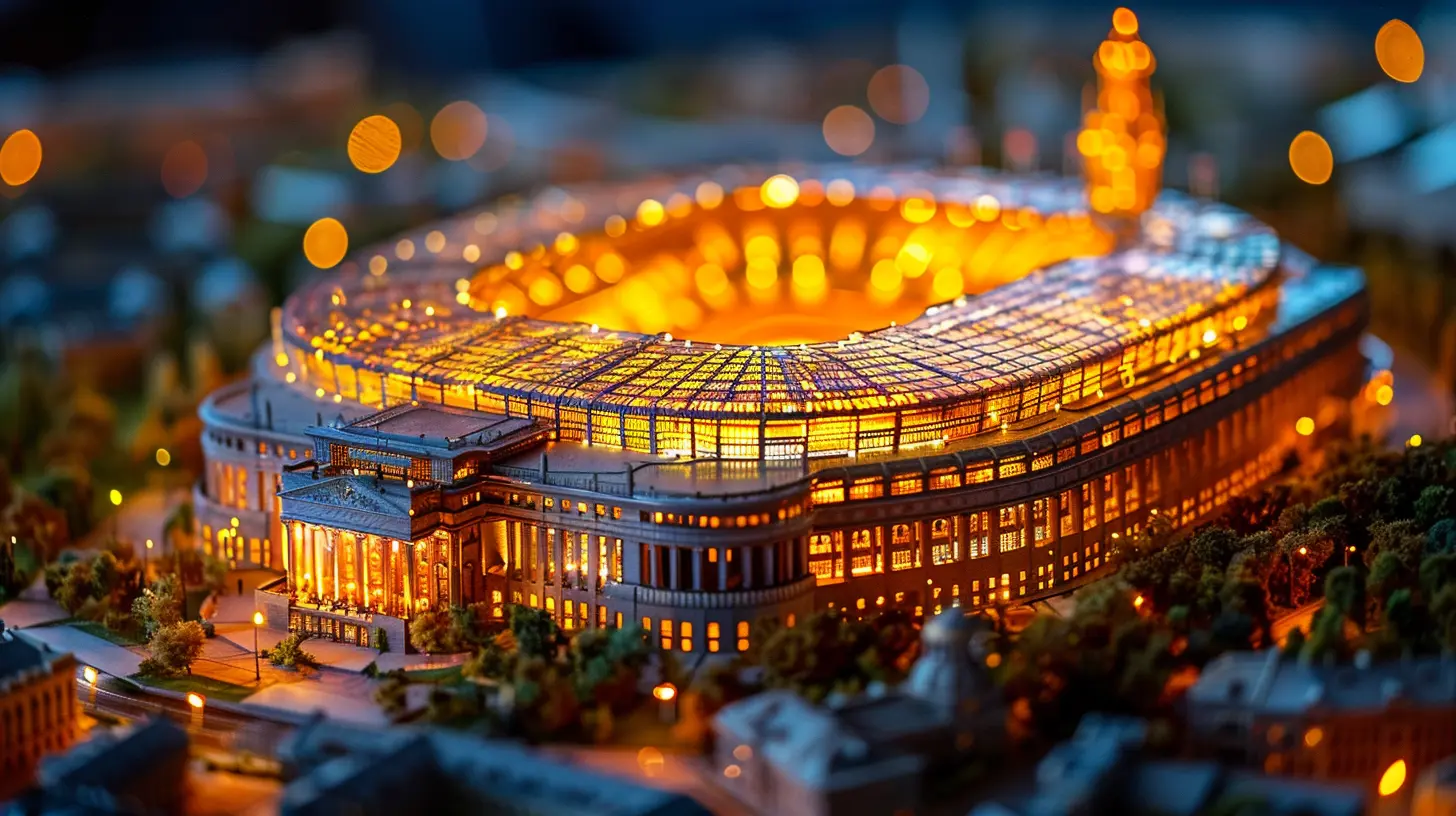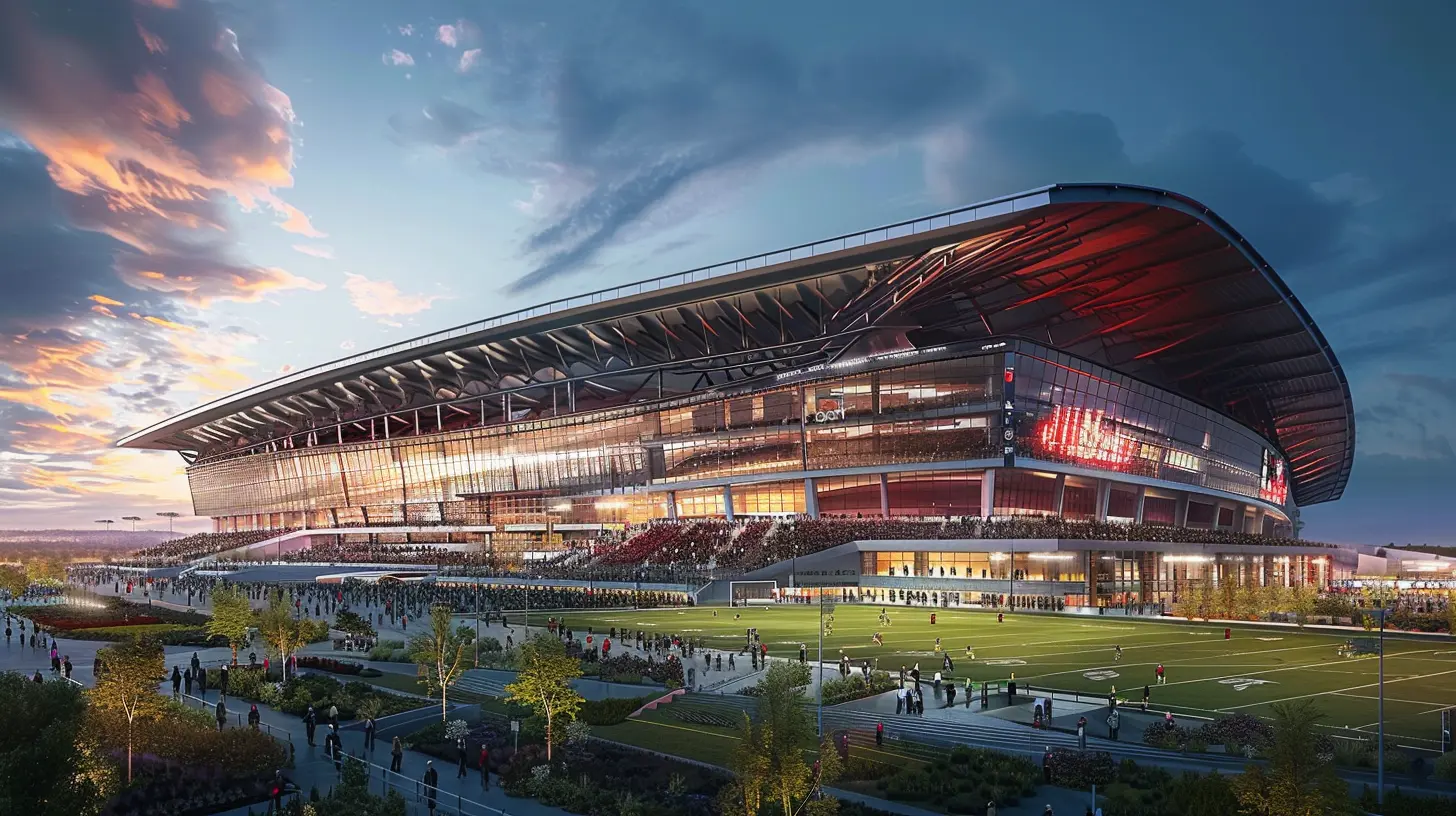30 January 2025
Stadiums have come a long way, haven't they? From the days of basic stone arenas to today's jaw-dropping architectural wonders, the evolution of modern stadium design has been nothing short of remarkable. These structures aren't just places for people to gather and watch their favorite teams play; they're now iconic symbols of progress, innovation, and even culture. But how did we get here? How did we go from crumbling coliseums to futuristic, multi-functional arenas that can house tens of thousands of fans while offering a high-tech experience?
Let’s dig into how stadiums have transformed over the years and what makes modern stadium designs so fascinating.

The Early Days: Function Over Form
The first stadiums were all about one thing: functionality. Think back to ancient Rome—the Colosseum, for instance. It was built to hold a massive crowd, but it wasn't particularly concerned with comfort or aesthetics. Sure, it was grand, but it was essentially a giant stone bowl designed for one purpose: to house gladiatorial games and other public spectacles. It wasn't about creating a pleasant environment for spectators; it was about cramming as many people as possible into a space where they could watch the action unfold.Fast forward a few centuries to the early 20th century, and stadiums were still pretty basic. Most were constructed with concrete and steel, with seating arranged in a circular or oval pattern around the playing field. They were functional, yes, but not particularly innovative in terms of design. The focus was still on capacity—how many people can we fit in here?
The Turning Point: Aesthetic Meets Functionality
The real turning point came in the mid-20th century when architects began to realize that stadiums could be more than just functional. They could be beautiful, too. This shift in thinking coincided with the rise of sports as big business. Teams wanted stadiums that not only held large crowds but also served as iconic landmarks—places that would attract tourists and serve as symbols of civic pride.One of the most notable examples of this shift is the construction of Dodger Stadium in Los Angeles in 1962. It was one of the first stadiums to focus on aesthetics as well as functionality. The stadium was built into the side of a hill, providing natural shade for fans and offering stunning views of the surrounding landscape. It was an early example of how stadiums could be designed to enhance the experience for fans, rather than simply serve as a venue for the game.

Modern Stadiums: A Fusion of Innovation and Experience
Fast forward to today, and stadium design has reached new heights. Modern stadiums are not just venues for sporting events; they’re multi-functional entertainment complexes designed to offer an immersive experience. They combine state-of-the-art technology with cutting-edge architecture to create spaces that are as much about the fan experience as they are about the game itself.Technology: A Game-Changer in Design
When you think about modern stadiums, one of the first things that comes to mind is technology. Today's stadiums are packed with high-tech innovations designed to enhance the fan experience. From massive video screens to advanced sound systems, technology has become an integral part of stadium design.Take, for example, the Mercedes-Benz Stadium in Atlanta, Georgia. This futuristic venue, which opened in 2017, features a retractable roof that can open or close in just seven minutes. Its "halo board"—a 360-degree, 63,000-square-foot LED screen—provides fans with crystal-clear replays and live game coverage. This level of technological integration was unheard of just a few decades ago, but today it’s becoming the norm.
And it’s not just about the game. Modern stadiums are designed to keep fans entertained from the moment they walk through the gates to the final whistle. Many feature interactive exhibits, virtual reality experiences, and even mobile apps that allow fans to order food and drinks from their seats. It’s all about creating an environment where fans feel like they’re part of the action, even when they’re sitting hundreds of feet from the field.
Sustainability: The Green Revolution
Another big trend in modern stadium design is sustainability. As concerns about climate change and environmental impact grow, many stadiums are being designed with sustainability in mind. From energy-efficient lighting to rainwater recycling systems, modern stadiums are doing their part to reduce their carbon footprint.The LEED (Leadership in Energy and Environmental Design) certification has become a badge of honor for many stadiums. This certification recognizes buildings that meet certain environmental standards, and more and more stadiums are aiming for it. Take the Levi's Stadium in Santa Clara, California, for example. It was the first NFL stadium to receive a LEED Gold certification. The stadium features solar panels, a green roof, and a water recycling system that reduces the amount of water used to maintain the field.
Multi-Functionality: More Than Just Sports
Modern stadiums aren’t just for sports anymore. They’ve evolved into multi-purpose entertainment hubs that can host concerts, conventions, and even community events. The idea is to make stadiums more versatile so that they can be used year-round, not just during the sports season.A great example of this is the Tottenham Hotspur Stadium in London. Opened in 2019, this stadium was specifically designed to host not only soccer matches but also NFL games, concerts, and other events. It features a retractable pitch that can be switched out depending on the event, allowing the stadium to cater to a wide range of audiences. This level of versatility is becoming increasingly important as teams and cities look to maximize the return on their investment.

Fan Experience: Putting Spectators First
Let’s be honest: attending a live event should be about more than just watching the game. It should be an experience—a memory you'll take with you long after the final score is tallied. Modern stadiums are all about creating that experience, and that’s where fan-centric design comes into play.Seating Comfort and Sightlines
Gone are the days when fans had to endure hard, uncomfortable seats with poor views of the field. Today’s stadiums are designed with fan comfort in mind. That means wider seats, more legroom, and better sightlines. Architects are paying closer attention to how fans interact with the space, ensuring that every seat in the house offers a great view of the action.Take the SoFi Stadium in Los Angeles, for example. Opened in 2020, this state-of-the-art venue features seats that are angled towards the field, ensuring that fans have a clear view of the action no matter where they’re sitting. The stadium also features "open corners," which allow fans to see the field even when they're walking around or grabbing food from the concession stands.
VIP and Premium Experiences
Another big trend in modern stadium design is the focus on VIP and premium experiences. Many stadiums now offer luxurious suites, exclusive clubs, and even field-level seating for fans willing to pay a premium for a more personalized experience.For instance, Allegiant Stadium in Las Vegas offers a variety of premium seating options, including field suites that put fans right next to the action. These suites come with private entrances, gourmet food and drink options, and even personal attendants. It's all part of the push to create a more immersive, high-end experience for fans who are willing to shell out a little extra.

Iconic Architecture: Stadiums as Landmarks
Finally, we can’t talk about modern stadiums without mentioning their architecture. Today’s stadiums are designed to be more than just functional—they’re meant to be iconic. Many of them have become landmarks in their own right, with designs that reflect the culture and identity of the cities they call home.Look at the Bird’s Nest in Beijing, for example. Built for the 2008 Olympics, this stadium is as much a piece of art as it is a venue for sporting events. Its unique design, which resembles a bird’s nest, has made it one of the most recognizable stadiums in the world. Similarly, the Allianz Arena in Munich is known for its distinctive “inflatable” exterior, which can change colors depending on the team that’s playing inside.
In today’s world, a stadium is often the first thing people think of when they picture a city. It’s no longer just a place to watch a game—it’s a symbol of civic pride and a representation of the city’s values and culture.
The Future of Stadium Design: What’s Next?
So, where do we go from here? If the past is any indication, the future of stadium design is likely to be even more innovative and fan-focused. We’re already seeing the integration of virtual and augmented reality into the fan experience, and it’s only a matter of time before these technologies become a regular part of stadium design.We might also see more emphasis on sustainability, with stadiums becoming entirely self-sufficient in terms of energy and water use. And as cities continue to grow and evolve, stadiums will likely become even more integrated into the urban landscape, serving not just as venues for sports and entertainment but as community hubs where people can gather, relax, and socialize.
In short, the evolution of modern stadium design is far from over. If anything, we’re just getting started.














Zaid Jennings
Stadiums now blend functionality with fan experience beautifully.
April 8, 2025 at 12:56 PM